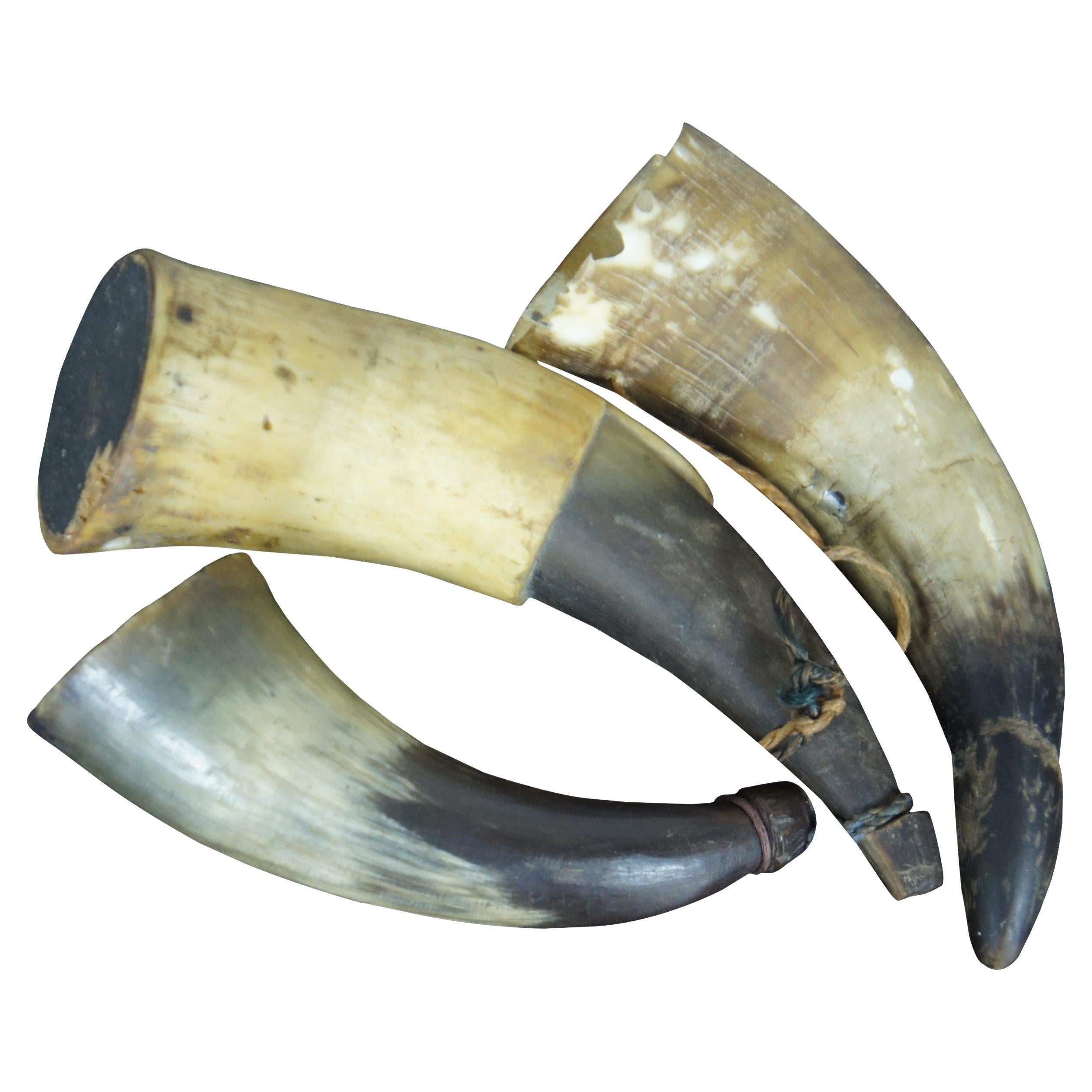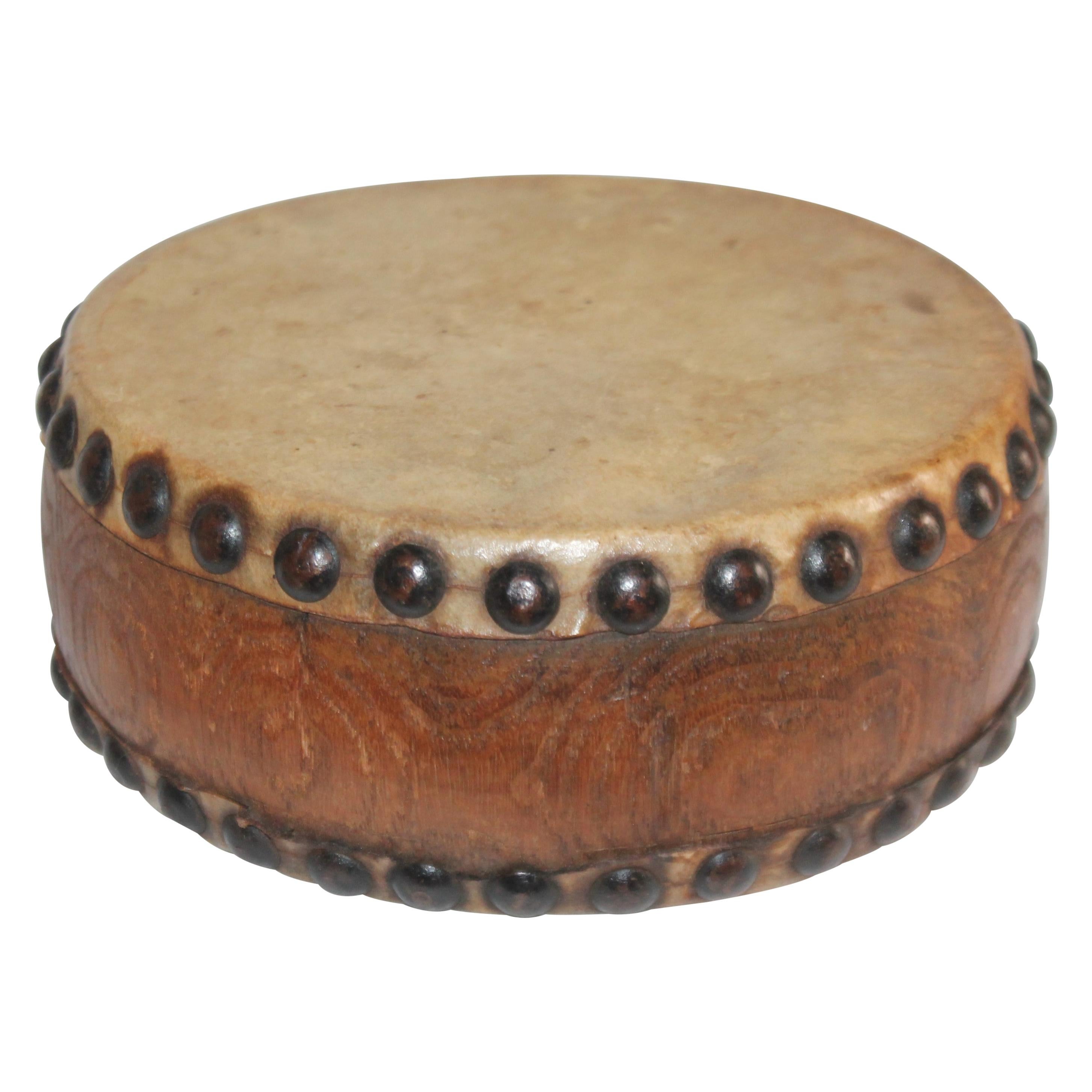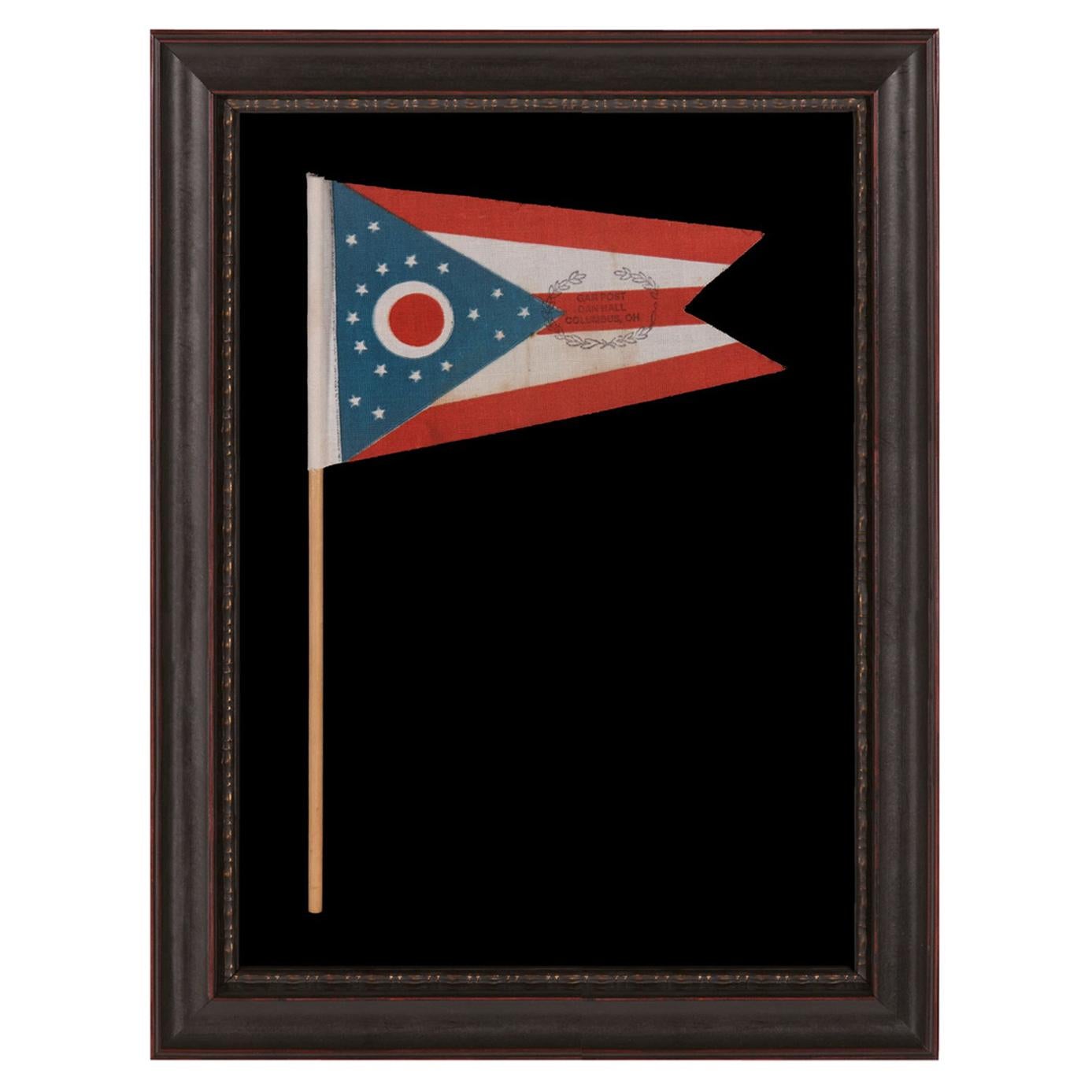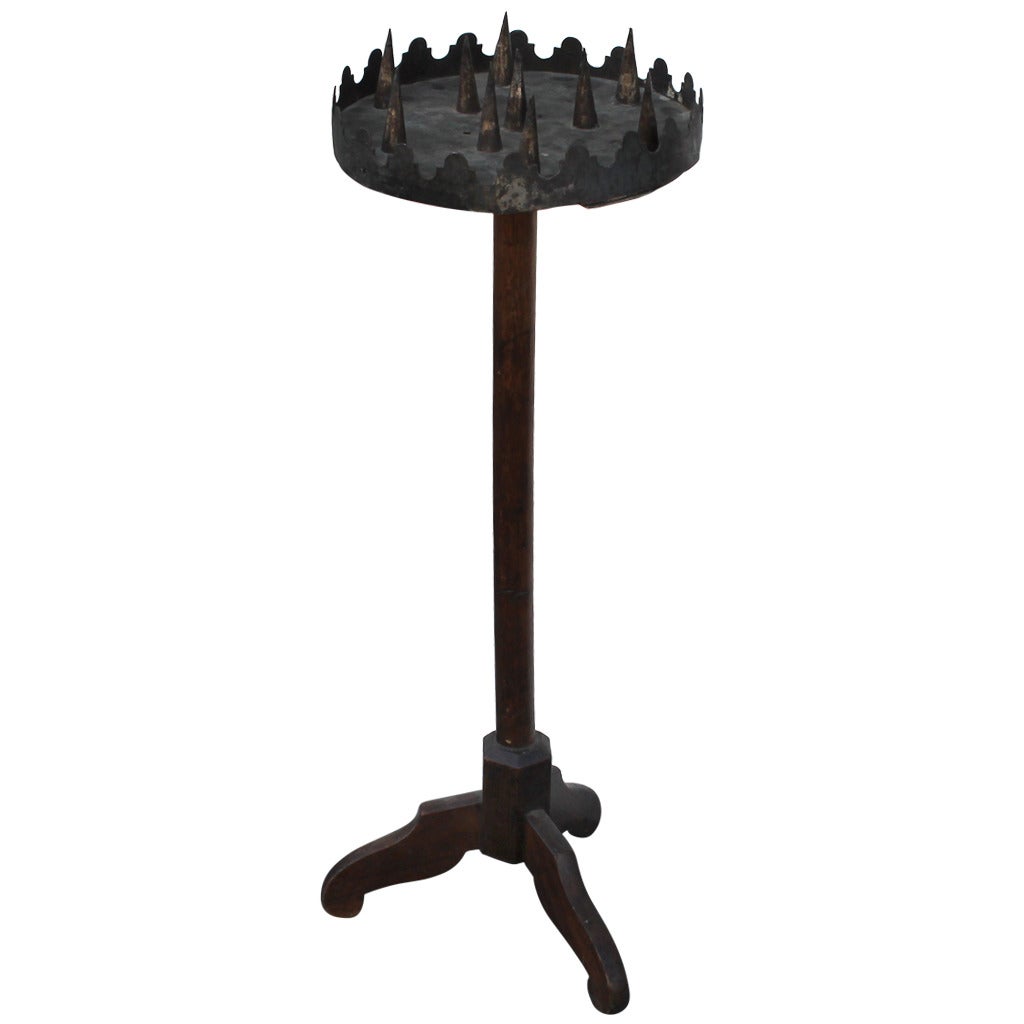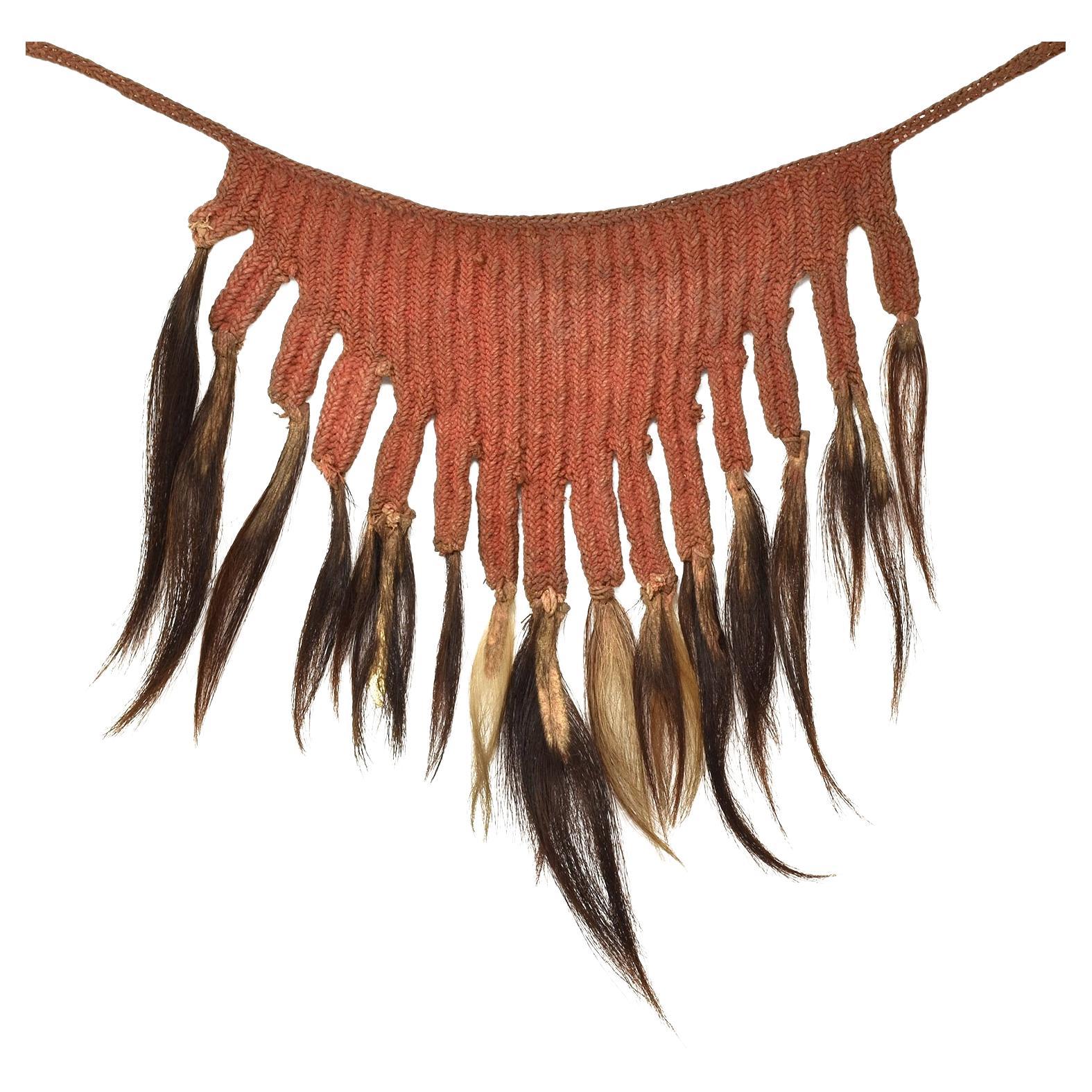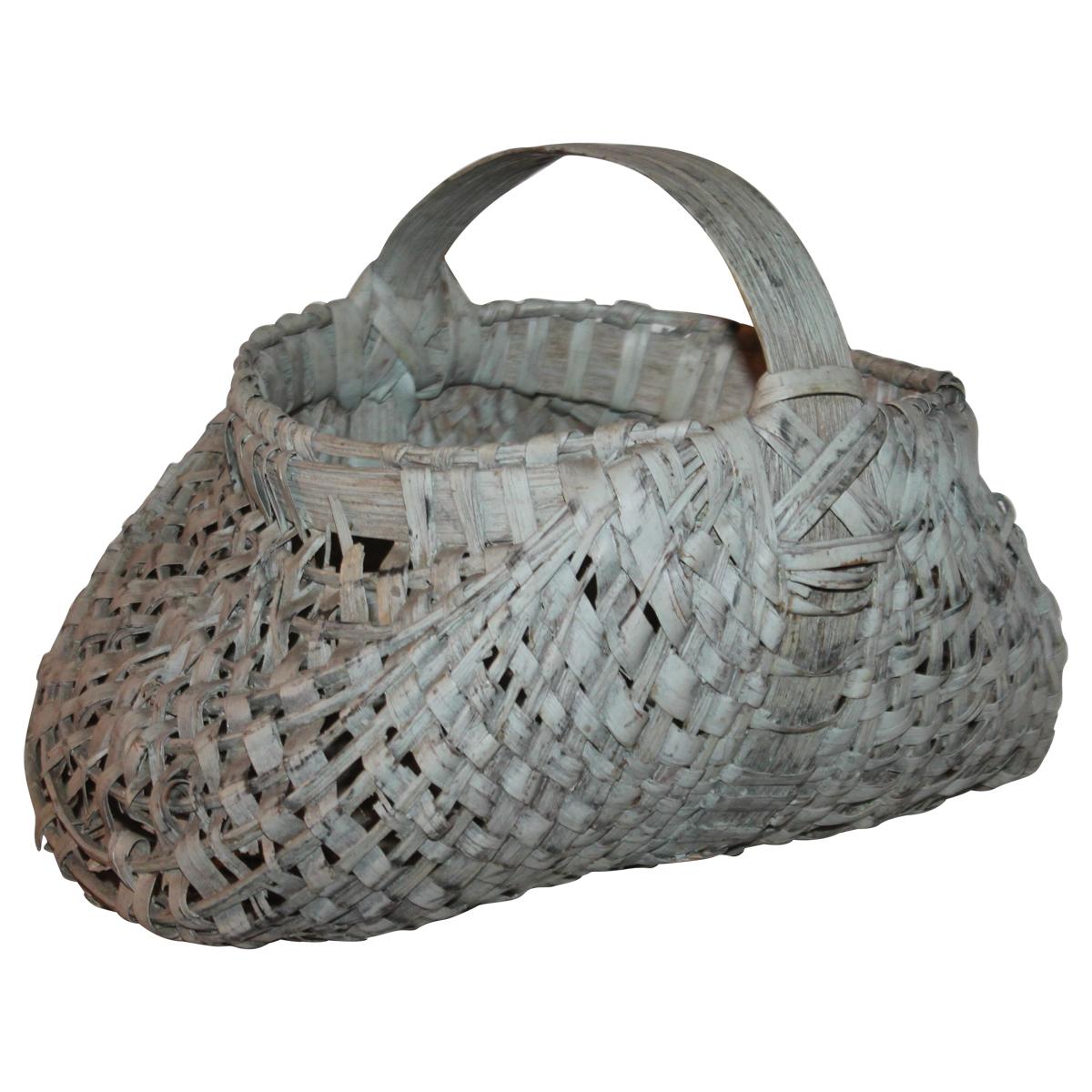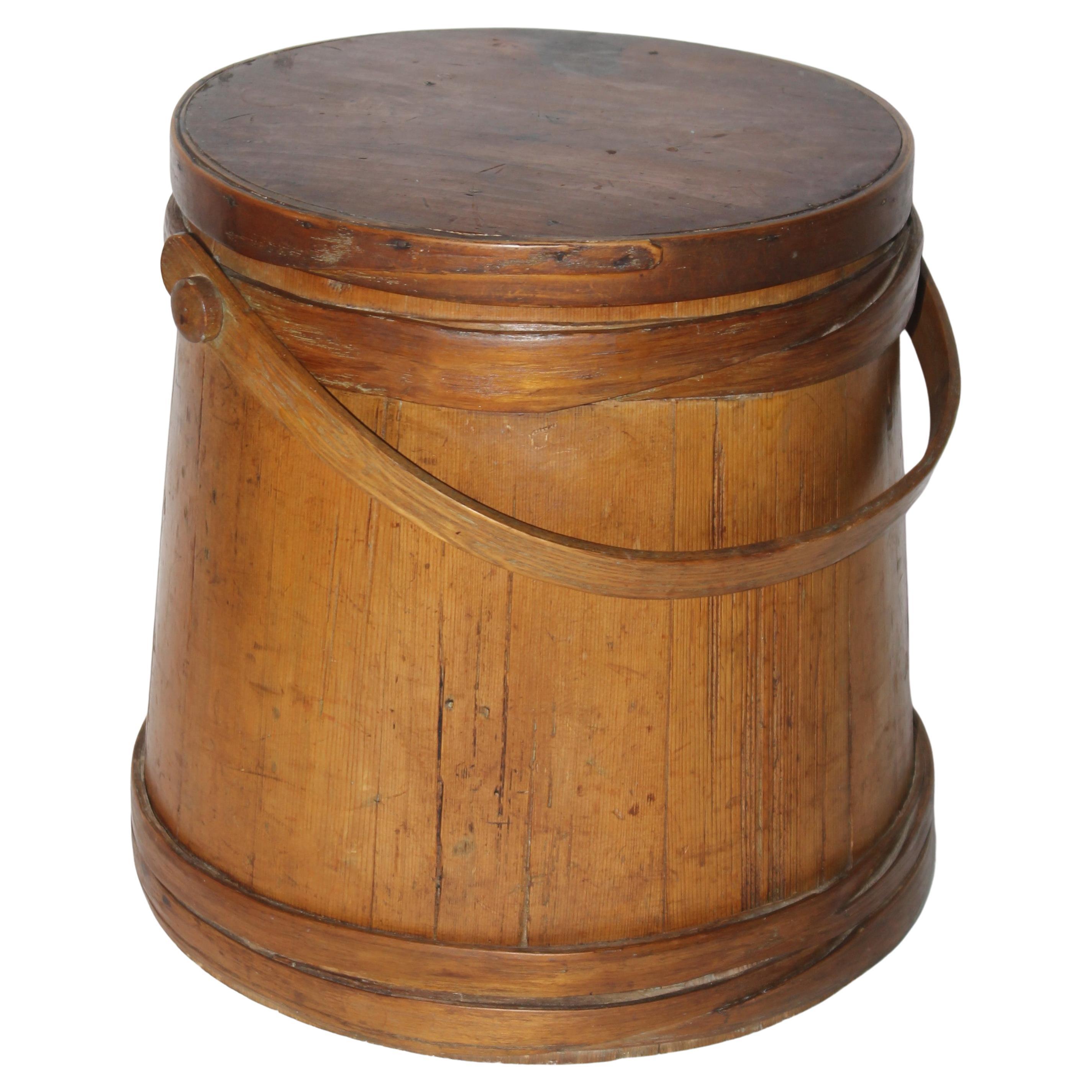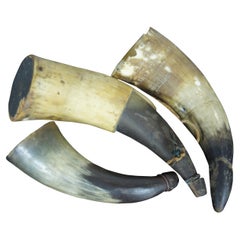
Pre-Civil War New York State Militia Drum
View Similar Items
1 of 2
Pre-Civil War New York State Militia Drum
About the Item
- Dimensions:Height: 15 in (38.1 cm)Diameter: 17 in (43.18 cm)
- Style:Folk Art (Of the Period)
- Place of Origin:
- Period:
- Date of Manufacture:1845
- Condition:
- Seller Location:New Oxford, PA
- Reference Number:1stDibs: LU3618310826111
You May Also Like
- New York Beauty QuiltLocated in Darnestown, MDThis is a particularly fine example of the desirable New York Beauty pattern. The colors really seem to give off the glow of sunshine. It is well quilt...Category
Vintage 1930s American Quilts
MaterialsCotton
$2,200 - 3 American Antique Black Powder Muzzleloader Horns Loading Hunting Militia 6.5"Located in Dayton, OHLot of three small antique horns for black powder, with carrying strings. Largest - 6.5” x 2.5” x 1.75” / Smallest - 4.75” x 1.75” x 1.5” (Width x Depth x Height)Category
Antique 19th Century Primitive Historical Memorabilia
MaterialsHorn
- Spanish American War QuiltLocated in Darnestown, MDThis patriotic quilt was made to commemorate the Spanish American War that took place for 10 weeks in 1898. The main issue was Cuban independence from Spain....Category
Antique 1890s American Country Quilts
MaterialsCotton
- Pueblo Indian Children's Drum, 19th CenturyLocated in Los Angeles, CASmall and early handmade hide covered drum. Probably made for a child or a Indian. Possibly Native American.Category
Antique Late 19th Century American Adirondack More Folk Art
MaterialsWood, Leather
$716 Sale Price20% Off - Ohio State Parade Flag with a Civil War Veterans OverprintLocated in York County, PAOHIO STATE FLAG WITH CIVIL WAR VETERANS' OVERPRINT FROM THE GRAND ARMY OF THE REPUBLIC POST IN COLUMBUS, MADE IN MOURNING OF THE 1925 PASSING OF NATIONAL G.A.R. COMMANDER IN CHIEF DANIEL M. HALL, WHO ALSO SERVED AS COMMANDER OF THE OHIO DEPARTMENT OF THE G.A.R., AS WELL AS THE LOCAL CHAPTER Flag of the State of Ohio, printed on oilcloth-like cotton, affixed to its original wooden staff. Made for Civil War veteran's use, the flag bears a stamped overprint in the striped field that consists of an open wreath of laurel branches, inside which is the following text: “GAR [Grand Army of the Republic] Post, Dan Hall, Columbus, OH”. Born on October 20th, 1842, Daniel M. Hall enlisted with the Union Army as a Private at the age of 18 on August 25th, 1861. On October 8th of that year he mustered into the Co. H of the 2nd Ohio Cavalry. Discharged for disability on June 28th, 1862, he reenlisted approximately 17 months later, on November 11th, 1863, and mustered into Co. F of the 12th Ohio Cavalry at Camp Cleveland. He was at some point promoted to the rank of Sergeant, and, on February 21st, 1864, to the rank of Corporal. He mustered out at Nashville on November 14th, 1865. Hall mustered into the Hamlin Post of the Ohio G.A.R. on May 23rd, 1883. He would go on to serve not only as Commander of the Dept. of Ohio for the organization, but as National Commander of the entire Grand Army of the Republic. The Grand Army of the Republic was the primary veterans association for Union Civil War soldiers. Founded in 1866, its members dressed up in Civil War uniforms, attended parades and reunions, and the organization was somewhat more fraternal in nature than today’s VFW or American Foreign Legion. Flags overprinted for the purpose of advertising are a specialized form in American flag collecting. A flag with a basic G.A.R. overprint is the most common type. This might be accompanied by a post number and a date. More elaborate the overprints are more highly desired, such as this one, which is the only variation I know of that honors a particular person who was not the namesake of the chapter itself. It is of interest to note that a sister variety of 48 star parade flag is known, printed on the same fabric, that bears the same overprint, accompanied by the words: “We Mourn Our Comrade." From the additional text on the 48 star variety, one can extrapolate that the flags were made to mourn the passing of this important leader of Civil War veterans on October 19th, 1925, just one day before his 83rd birthday. The State Flag of Ohio was designed in 1901 by Cleveland architect John Eisenmann, who designed the Ohio building for the state's exhibition at the Pan American Exposition World's Fair in Buffalo, New York. It was officially adopted by the Ohio legislature on May 19th, 1902. It's elements are centered on a red disc, set against a circular white ground that forms a letter "O." This simultaneously represents a buckeye, the fruit of the state tree and an iconic Ohio symbol. The flag's 5 stripes are said to represent the state's waterways and roads, while the triangular shape of the union is said to illustrate hills and valleys. The presentation of 13 stars along the hoist end, arranged in a semi-circular medallion with two off-set stars above and below, reflects the original 13 colonies. The diamond of stars, towards the fly end. bring the overall count to 17 to reflect Ohio's admission. When the design was adopted by the state legislature, the position of these stars was changed slightly, moving them further around the circle to form a wreath. Flag expert Whitney Smith, who coined the term Vexillology in the late 1950's (the accepted term for the study of flags), pointed out that the format of the flag itself was reminiscent of Civil War cavalry guidons, carried by Ohio regiments throughout the state. These were of swallowtail form, though with 13 stripes, all horizontal and 90 degrees to the hoist. Most often these had circular star patterns around an open center, which makes them even more similar to the Ohio flag...Category
Vintage 1920s American Political and Patriotic Memorabilia
MaterialsCotton
- Early 18th Century New England Handmade Tin and Wood CandlestandLocated in Los Angeles, CAThis is a early 18th century New England monumental floor candle stand is from circa 1700-1720. It is a handmade of tin the entire top a...Category
Antique 18th Century and Earlier American Folk Art More Folk Art
MaterialsWood
$1,250 Sale Price61% Off

